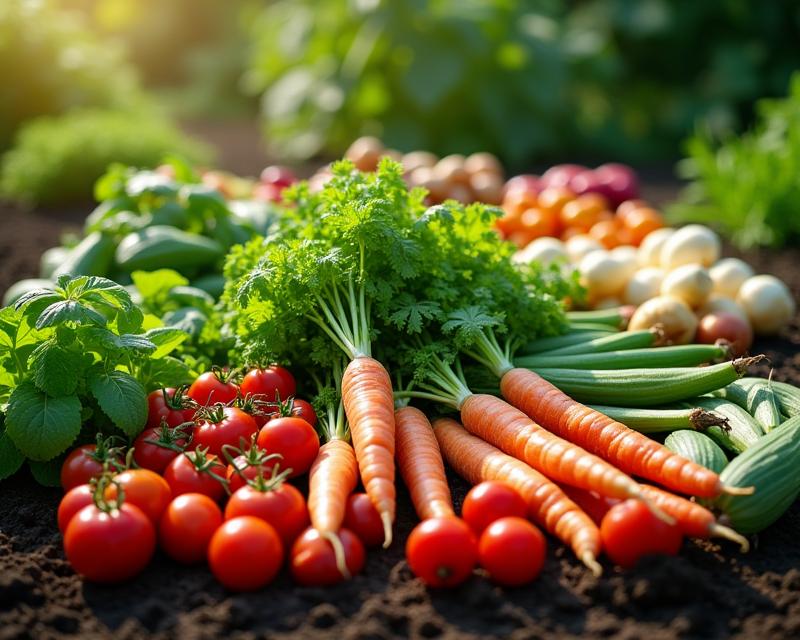Companion Planting: Crop Buddies!
Publish in Crops el 28/06/2025 22:19
Companion Planting: A Guide to Happy Crops
Companion planting is an ancient agricultural practice where different crops are planted near each other to benefit one or more of the plants. It's a fantastic way to improve yields, deter pests, and even enhance flavor! Instead of relying solely on pesticides and fertilizers, companion planting leverages the natural relationships between plants for a healthier, more sustainable garden or farm.

Benefits of Companion Planting
The advantages are numerous. Some plants act as natural pest repellents, confusing or deterring harmful insects. Others improve soil health through nitrogen fixation or nutrient cycling. Certain plants can provide shade for more delicate crops, while others can act as living mulch, suppressing weeds and retaining moisture. Ultimately, companion planting creates a more balanced and resilient ecosystem within your growing space.
Popular Crop Combinations
Here are a few popular and effective companion planting combinations:
- Tomatoes & Basil: Basil repels tomato hornworms and whiteflies, and is said to improve the flavor of tomatoes.
- Carrots & Onions: Onions deter carrot root flies, while carrots deter onion flies.
- Corn, Beans, & Squash (The Three Sisters): A classic combination! Corn provides a stalk for beans to climb, beans fix nitrogen in the soil, and squash provides ground cover to suppress weeds.
- Cabbage & Dill: Dill attracts beneficial insects that prey on cabbage worms.
Getting Started with Companion Planting
Research is key! Not all plants are compatible. A quick online search will reveal which crops thrive together and which should be kept apart. Consider your climate, soil conditions, and the specific needs of each plant. Experiment and observe your garden closely to see what works best for you. Companion planting is a rewarding way to enhance your harvest and create a thriving, interconnected garden. It’s a cornerstone of sustainable farming practices and a fun way to learn more about the intricate relationships within the plant world.





